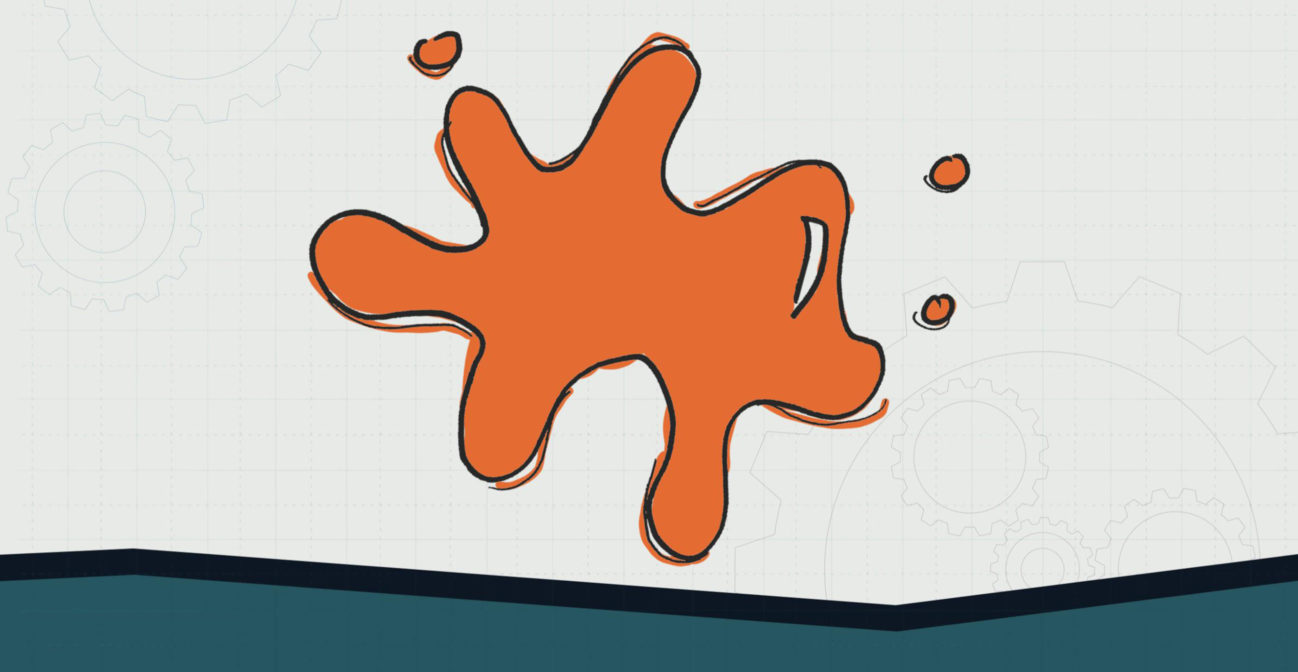Join us for conversations that inspire, recognize, and encourage innovation and best practices in the education profession.
Available on Apple Podcasts, Spotify, Google Podcasts, and more.

ELEMENTARY SCHOOL – LEVEL 1
Oozing, gooey, fun for all. Homemade slime is a winner with kids. Put down some wax paper to make cleanup quick and easy.
MATERIALS NEEDED:
❏ Food coloring
❏ Wax paper
❏ Spatula
❏ Clear tape
❏ Airtight container
❏ ½ cup of shampoo
❏ Warm water
❏ 4 cups of cornstarch
❏ Mixing bowl
DIRECTIONS:
OBJECTIVE: Kids will be able to investigate what occurs when substances are mixed.
ESSENTIAL QUESTION(S):
NGSS CONNECTION:
5-PS1-4. Conduct an investigation to determine whether the mixing of two or more substances results in new substances.
5-PS1-2. Measure and graph quantities to provide evidence that regardless of the type of change that occurs when heating, cooling, or mixing substances, the total weight of matter is conserved.
COMMON CORE CONNECTION:
ELA/Literacy
W.5.7 Conduct short research projects that use several sources to build knowledge through investigation of different aspects of a topic.
W.5.8 Recall relevant information from experiences or gather relevant information from print and digital sources; summarize or paraphrase information in notes and finished work, and provide a list of sources.
W.5.9 Draw evidence from literary or informational texts to support analysis, reflection, and research.
Mathematics
MP.2 Reason abstractly and quantitatively.
MP.4 Model with mathematics.
MP.5 Use appropriate tools strategically.
5.MD.A.1 Convert among different-sized standard measurement units within a given measurement system (e.g., convert 5 cm to 0.05 m), and use these conversions in solving multi-step, real-world problems.
DOK:
Level 2: Concept
Level 3: Strategic Thinking